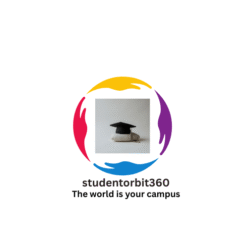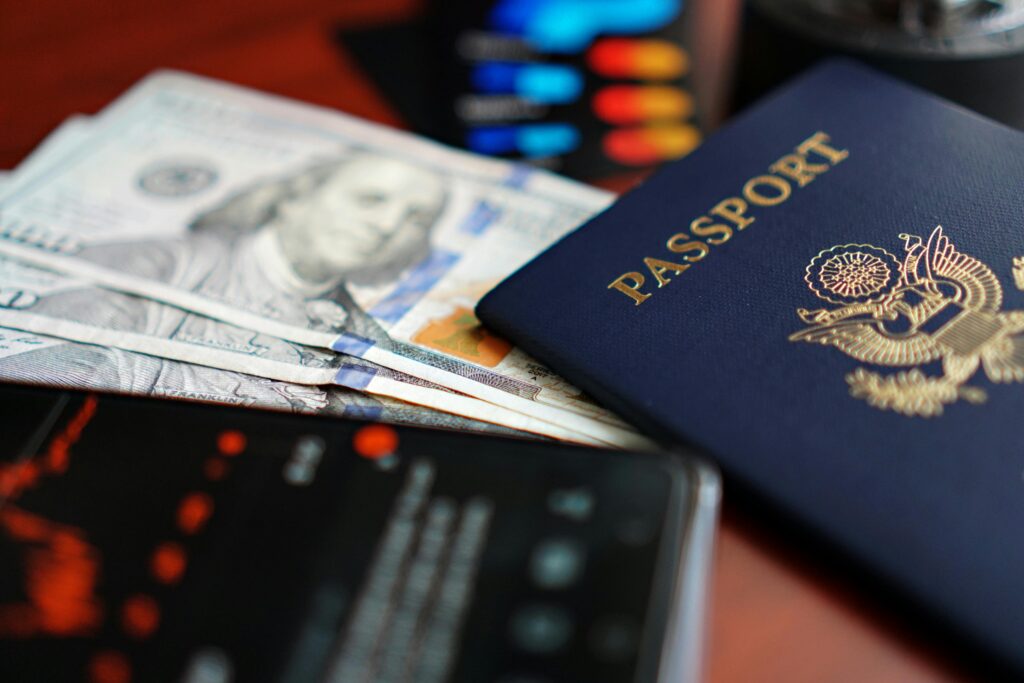Overview
In 2025, Australia’s approach to international student visa approvals has undergone a noticeable shift. With new policy changes and a strong emphasis on immigration integrity, student visa rejection rates—especially under Subclass 500—have significantly increased, particularly for applicants from India, Pakistan, Nepal, Bangladesh, and Sri Lanka.
This article highlights the top reasons behind visa refusals, the impact of Genuine Temporary Entrant (GTE) assessments, and strategies students can adopt to improve success rates.
Key Visa Rejection Trends in Australia (2025)
- Stricter GTE (Genuine Temporary Entrant) Checks
- Australian visa officers are rigorously evaluating GTE statements to identify applicants who may be using student visas as a pathway to permanent residency.
- Vague or copy-pasted GTEs are major red flags and are resulting in instant refusals.
- Heightened Risk Ratings for Certain Countries
- The Department of Home Affairs (DHA) has updated risk ratings for several South Asian countries.
- For example, Nepal and Pakistan are now classified as Level 3, meaning students from these nations are subject to higher scrutiny and more documentation requirements.
- Institution Risk Classification Impact
- Universities and colleges are categorized into Streamlined and Regular visa processing based on past visa outcomes.
- Students applying to private colleges or low-ranked institutions face more rejections due to institution-level compliance concerns.
- Document Verification and Fraud Detection
- Many applications are being refused due to non-genuine financial documents, fake IELTS certificates, or unverifiable academic records.
- Cross-verification with Indian and Nepali education boards is now more frequent.
- High-Risk Fields of Study
- Students applying for hospitality, cookery, automotive, and aged care courses are being flagged for intent to migrate rather than study.
- DHA is prioritizing STEM and high-demand skill areas in visa evaluations.
Recent Refusal Rates by Country (Unofficial Data Mid-2025)
| Country | Estimated Refusal Rate |
|---|---|
| India | 20–25% |
| Nepal | 35–40% |
| Pakistan | ~40% |
| Bangladesh | 30–35% |
| Sri Lanka | ~22% |
Common Reasons for Visa Refusal
- Weak or templated GTE statements lacking personal context
- Inconsistent education and work history
- Suspicious financial affidavits or untraceable sponsors
- Poor academic performance in previous qualifications
- Applying to “high-risk” institutions with poor visa records
Recent Policy Updates Impacting Student Visas
- Australia’s Migration Strategy (Dec 2024) emphasized stronger controls on international students, focusing on reducing net migration.
- Caps on enrolment growth for private colleges and low-performing universities are affecting CAS (CoE) issuance.
- GTE reforms in 2025 require more detailed personal statements, career plans, and justification for study choices.
🔗 Australia Migration Strategy Summary – DHA
How Students Can Improve Their Visa Chances
✅ Write a Personalized GTE Statement
Explain why Australia, why this course, and how it aligns with your career. Avoid generic content or agent-supplied templates.
✅ Ensure Academic and Financial Honesty
Provide clear, verifiable academic transcripts and genuine bank statements. Avoid sudden large deposits or third-party funds.
✅ Apply to Trusted Institutions
Choose CRICOS-registered universities or TAFEs with a good visa approval history.
🔗 CRICOS Institution Search
✅ Prepare Documentation Early
Don’t rush the application. Keep all documents ready including IELTS/PTE scores, Statement of Purpose, and past employment records (if any).
✅ Seek Help from Authorized Consultants
Only consult MARA-registered education agents. Avoid unlicensed or undocumented visa brokers.
Student & Parent Resources
- Apply for a Student Visa – Australia
- GTE Statement Guidelines – Australian Government
- Australia Study Forums – Visa Experience Threads 2025
Conclusion
Australia continues to welcome international students, but compliance standards in 2025 are tougher than ever. Students from South Asia must focus on clear academic goals, genuine documentation, and well-prepared visa submissions to avoid refusals. With the right approach and early planning, your Australian education dream can still become a reality.
🛡️ Stay informed with StudentOrbit360.com – your trusted guide for visa updates, university rankings, and student support services across 15+ countries.



